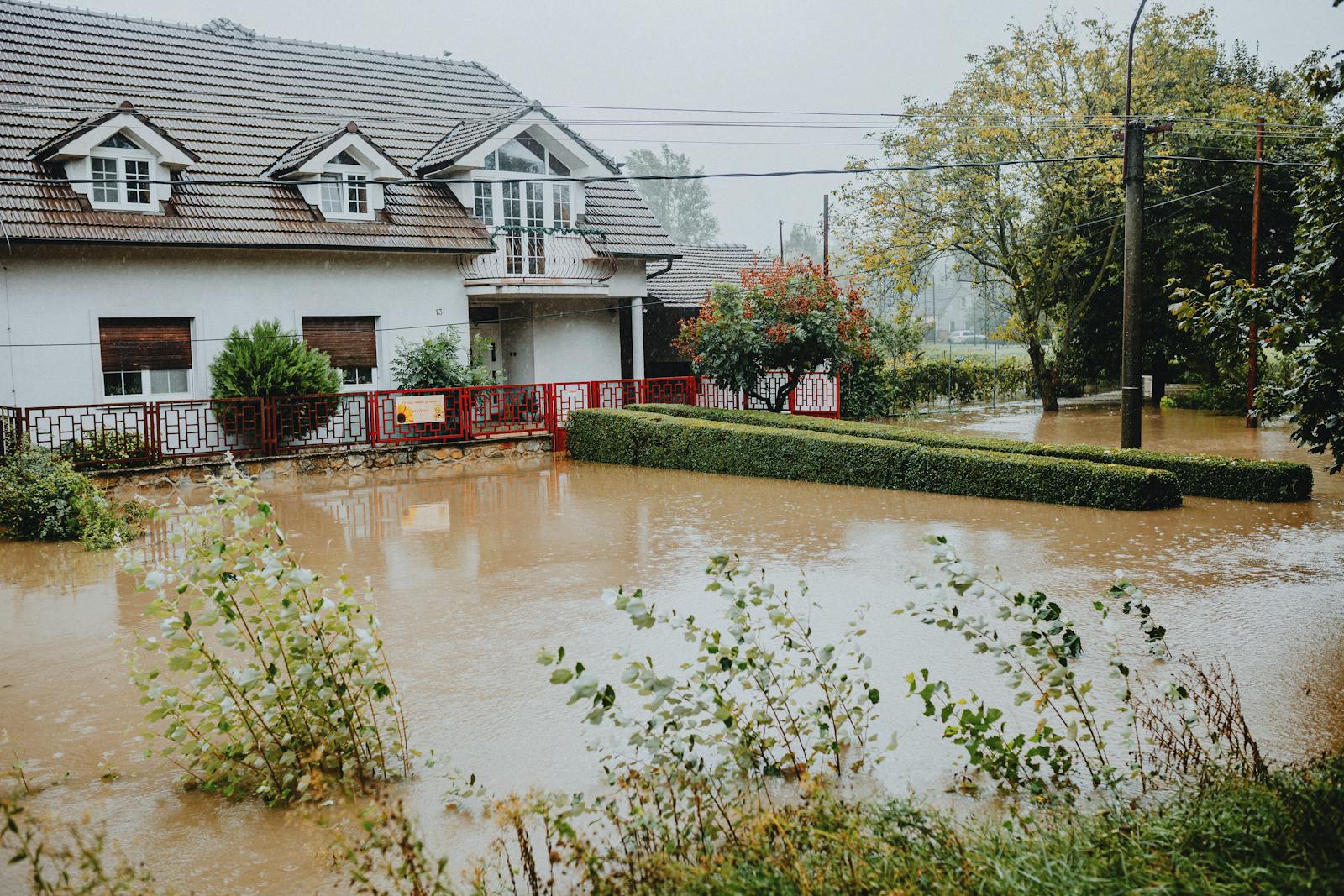Flood Insurance in Worcester, MA
Plentiful precipitation, swift snowmelt and other common conditions in Worcester, Massachusetts, can cause floods and subsequent property damage. Without flood insurance, you may need to pay for such losses out of pocket, potentially imposing unexpected expenses on your budget. The team at Educators Insurance Agency is here to help you understand and retain the right coverage.
Why Is Flood Insurance Important? 
Flood insurance policies are a specialized type of insurance that can fill a potentially devastating coverage gap. Standard homeowners, renters and commercial property insurance policies may all exclude floods as covered perils, meaning you’d be ineligible to receive financial aid following an incident.
Additionally, you should be aware that some property owners may be subject to formal mandates regarding flood insurance coverage. For example, if you’re in a high-risk flood area and purchased your property with the assistance of a federally supported mortgage, you may need to retain coverage throughout the duration of that loan.
What Can This Type of Insurance Cover?
Like many types of insurance, the coverage and details of these policies may vary. However, you can generally expect the following to be covered:
- Structures coverage—This part of your policy can reimburse you for losses involving the physical elements of a building, including its foundations, walls, plumbing systems and attached fixtures.
- Contents coverage—Your flood insurance can also financially protect personal belongings in an insured structure, such as furniture, electronics and clothing.
How Much Does Coverage Cost?
Insurance carriers may consider the following when determining flood insurance rates:
- Structural specifications (e.g., age, number of floors and building materials used)
- Location
- Estimated rebuild cost
- Topography and elevation
- Coverage limits
- Deductible
- Claims history
We’re Here to Help
Contact Educators Insurance Agency today to learn more about flood insurance or compare personalized quotes for ideal coverage.
